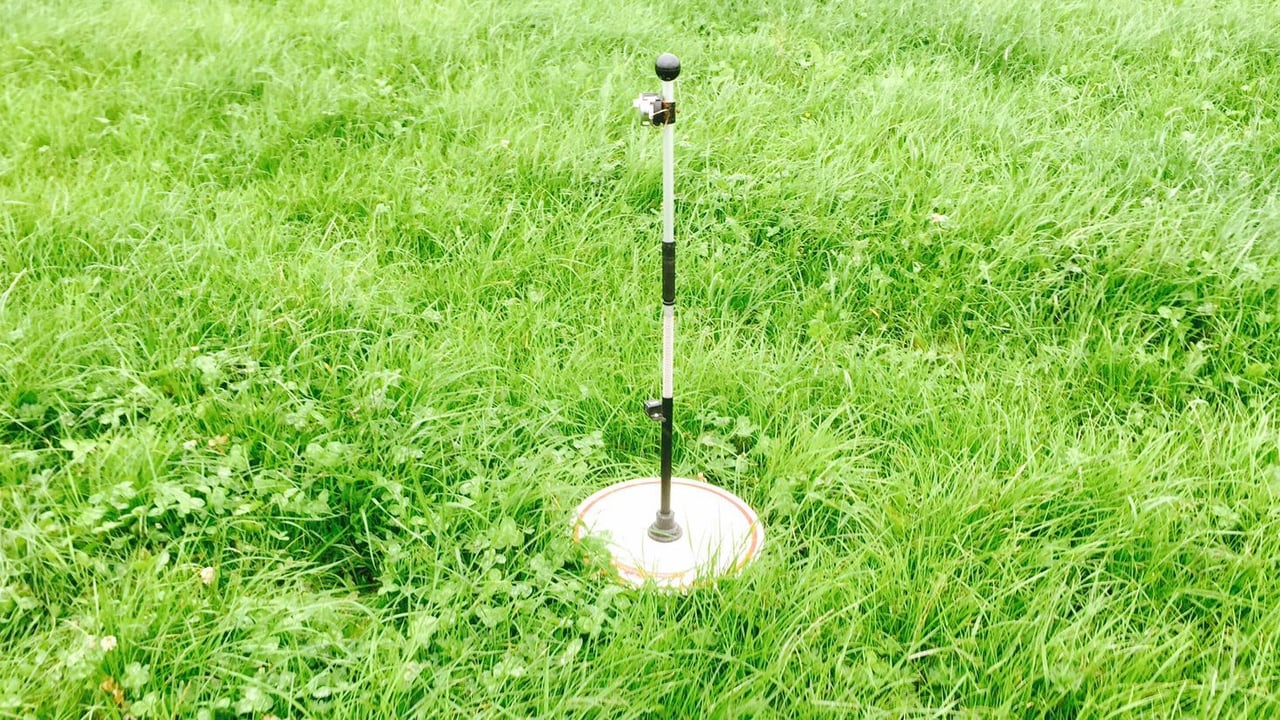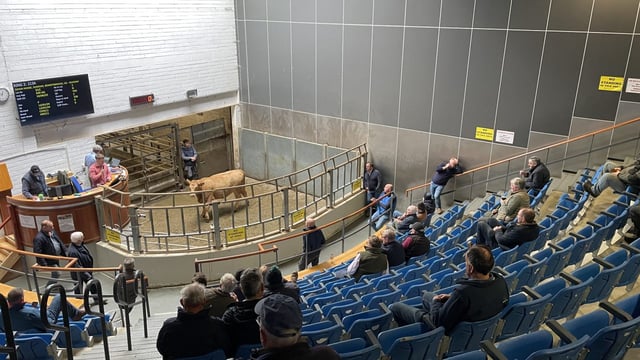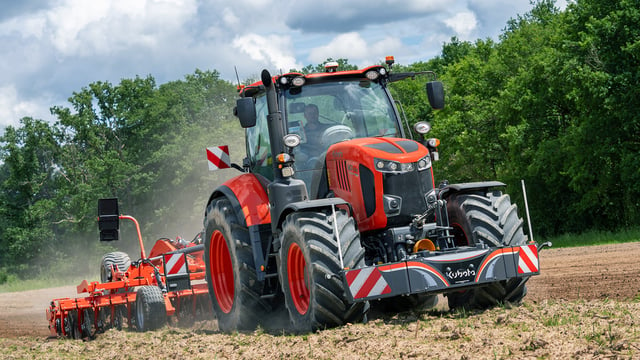Dealing with a surplus of grass as growth rates take off
After a relatively slow start to the grass growing season, grass growth has really taken off, thanks to heavy rainfall followed by a dry warm spell experienced all of this week.
The warm temperatures and sunny spells have brought soil temperatures right up to 12-13℃, which has quickly turned the grass situation around on farms.
The situation has rapidly changed from low average farm covers (AFC) to farmers having an abundance of grass ahead of them, with re-growths in particular boosting AFC.
Farms that are recording on Pasturebase Ireland have an AFC of 774kg of dry matter (DM)/ha or 209kg DM/livestock unit (LU), while the cows' diet consists of 14.5kg of DM grass and 4kg of meal.
In a few incidences, farmers found they raced through their second rotation of grass in 15-16 days due to little grass growth, to now have grass suddenly in surplus approaching the third rotation.
Grass growth
Grass growth rates have ramped up to 55kg/DM/day on dairy farms and is predicted to range between 60-79kg DM/day this week and into next week.
It is important for farmers to try and target a cover of between 170kg-220kg DM/LU over the next couple of weeks.
To achieve this, the farm needs to be walked twice a week to assess the grass supply every few days and to rectify a surplus in a timely fashion.
The ideal pre-grazing cover is when the grass is at the three leaf stage, which is around 1,300 - 1,400kg DM/ha.
Going in on covers heavier than this will affect the protein content of the milk, cow performance, and the post-grazing residuals and the paddocks' ability to quickly respond with a decent re-growth.
Farmers should now be allocating 18.5-19kg of grass DM on top of concentrates fed. After the spring period, farmers can often be reluctant to drop the amount of concentrates fed, but if AFC is up over 650kg DM/ha, it has to be considered.
Concentrates will most certainly have to be reduced if grass is getting ahead of the farmer. Cows should be going in allocations of 24 hours - or ideally 36 hours - to allow for maximum dry matter intake (DMI), especially for younger, less dominant cows in the herd.
Surpluses
If AFC is above 900kg DM/ha, this is too high and will result in cows going in on pre-grazing covers of 1,700-1,800kg DM/ha, which will be less palatable and have deteriorated quality, impacting on cow performance.
If this is the case, farmers need to take out these heavy paddocks on the farms with a degree of urgency.
There needs to be urgency on this as the grass situation and grass growth situation can change quickly, so it is important to cut these paddocks now, get them fertilised, and back into rotation as soon as possible.
Quite often, when grass gets out of control, farmers can leave paddocks for silage and to bulk up, which delays the paddock getting back into the rotation, potentially leaving the farmers tight on grass in the next round as that paddock is not available.
If you are still grazing the second rotation and hve paddocks in third rotation already at 1,400kg DM/ha, graze the third rotation and take the paddocks from the second rotation as surplus bales.
Where paddocks are taken out and cut for silage, it is important that what comes off must go back on – in particular potassium (K) and phosphorus (P).





